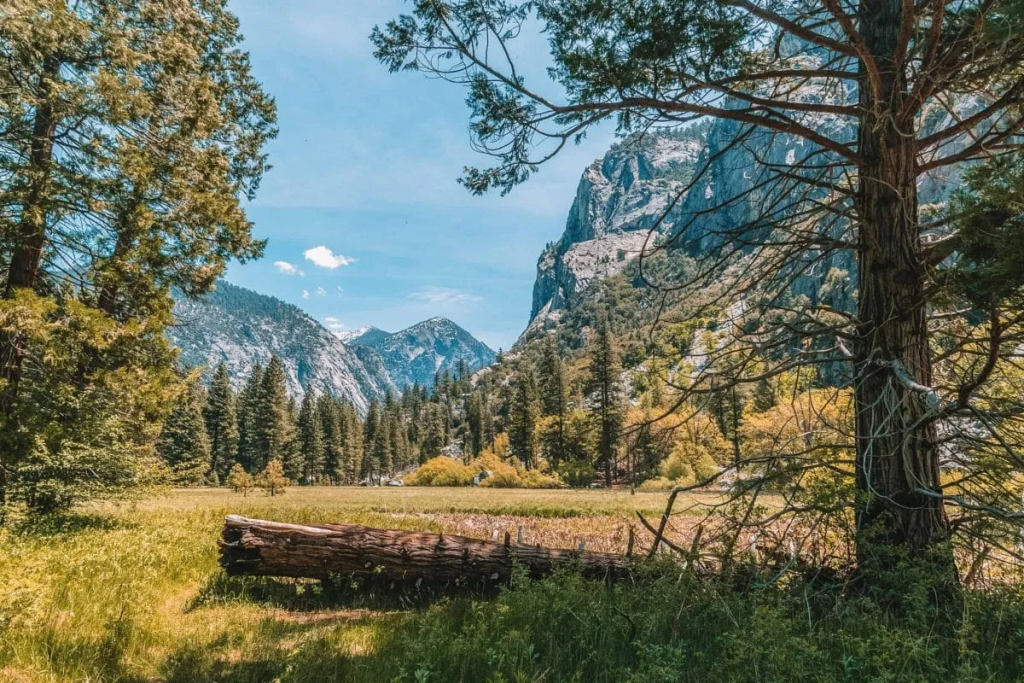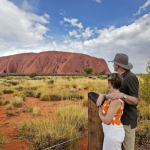Kings Canyon National Park is a spectacle of nature’s grandeur, offering rugged landscapes, ancient giant sequoias, and deep canyons. Planning a visit to this majestic park requires consideration of the seasons, as they can greatly influence your experience. The best time to visit Kings Canyon National Park ultimately depends on what you want to see and do. Whether it’s the gushing waterfalls of spring, the alpine beauty in summer, the colorful foliage of fall, or the serene snowscapes of winter, each season has its allure. In this article, we’ll explore the particular charms that each season brings to the park and provide insights to help you decide when to schedule your trip, ensuring your kings canyon tours are memorable and fulfilling.
Understanding Kings Canyon National Park’s Seasons

Kings Canyon National Park presents visitors with a varied palette of seasonal landscapes, each bringing its own unique set of conditions and opportunities. The park’s diverse elevation range means that weather patterns can be vastly different within park boundaries. As such, understanding the seasonality is crucial to making the most of your visit. Let’s delve into what each season in Kings Canyon has to offer and identify the factors that might sway your decision on the best time to visit.
Spring – A Bloom of Natural Splendor
Spring in Kings Canyon is a rejuvenating time, as the park shakes off the grips of winter. Melting snow feeds into powerful waterfalls and rivers, many at their most impressive during this season. The lower elevations are brushed with wildflowers, while the higher grounds slowly become accessible as the snow recedes. Temperatures range comfortably, though nights can still be brisk. Visitors should come prepared for changeable weather and potentially muddy trails.
Summer – The Peak of Exploration
Summer is the season of long days and warm temperatures beckoning outdoor enthusiasts to explore the more remote areas of Kings Canyon. Access to high country trails and peaks is at its best—perfect for extensive kings canyon tours. The season also coincides with the busiest time for the park, meaning popular spots can become crowded. To fully enjoy the wonders of Kings Canyon National Park in summer, planning ahead for accommodations and advanced permits is advisable.
Fall – A Symphony of Crimson and Gold
Come fall, the park transforms into a palette of fiery hues as the leaves change color. It’s a photographer’s paradise and a quieter time to visit, as the summer crowds have dispersed. This is the ideal time to witness the park’s diverse ecosystems prepare for the coming winter. Daytime temperatures are mild, yet the weather can become unpredictable, so packing layers is essential.
Winter – A Serene Snow-Capped Escape
Winter cloaks Kings Canyon in a peaceful blanket of snow, ideal for those looking for solitude and winter sports opportunities. While many areas are inaccessible due to snow and closed roads, treasures await the resilient traveler, such as frosted forests and frozen lakes. Snowshoeing and cross-country skiing can be exhilarating ways to experience the park’s quieter side. However, visitors must be equipped for extreme cold and prepared for self-sufficient travel.
Comparing the Seasons: Pros and Cons
Each season in Kings Canyon offers distinct experiences, but they come with trade-offs. Spring’s waterfalls and wildflowers also bring unstable weather and swollen rivers. Summer offers the most access but also draws in the most visitors. Fall provides a breathtaking display of colors with milder temperatures, though days are shorter and some services may begin to wind down. Winter affords tranquility with snow-blanketed scenery, but many areas are off-limits without proper gear and preparation. Take a look at the table below for a quick season comparison.
| Season | Pros | Cons |
|---|---|---|
| Spring | Lush landscapes, gushing waterfalls | Unpredictable weather, potential flooding |
| Summer | Full park access, vibrant outdoor life | Crowds, higher temperatures |
| Fall | Vivid foliage, fewer visitors | Variable weather, reduced services |
| Winter | Solitude, winter activities | Limited access, harsh conditions |
Insider Tips for Visiting Kings Canyon
Making the most of your visit to Kings Canyon National Park takes a bit of insider knowledge. Here are some tips and recommendations to help you navigate the park throughout the different seasons. Remember that regardless of when you decide to embark on your adventure, early planning can significantly enhance your experience.
- Always check current conditions and trail closures before your trip.
- Secure accommodation and camping spots early, especially if you plan to visit during the summer months.
- Bring plenty of water and high-energy snacks for your hikes.
- Be bear aware – store food and scented items correctly to avoid attracting wildlife.
Conclusion: Your Ideal Time to Embark on an Adventure
Kings Canyon National Park is a year-round paradise, each season offering its own version of beauty and adventure. Whether you prefer the revitalizing springs, the adventurous summers, the tranquil falls, or the quiet winters, the park has something special to offer. It’s essential to consider your preferences, what you want to experience, and how prepared you are for varying conditions. Whatever time of year you choose, kings canyon tours promise an unforgettable journey into the heart of nature’s grandeur.
FAQs About Visiting Kings Canyon National Park
- Q1: What is the best month to visit Kings Canyon National Park?
- A1: While the park is beautiful year-round, June through September offers the best access to all areas, with warmer weather and less chance of encountering snow on the trails.
- Q2: Is Kings Canyon National Park accessible in winter?
- A2: Yes, but accessibility is limited due to snow. Some roads and facilities may be closed, but it’s a great time for snowshoeing and cross-country skiing.
- Q3: Are there any special permits required for visiting Kings Canyon National Park?
- A3: Apart from the regular entrance fee, permits are required for overnight backpacking trips. Day hikes do not require permits.
- Q4: Can I see the famous sequoias throughout the year in Kings Canyon National Park?
- A4: Yes, the giant sequoias can be visited any time of the year, although some roads leading to groves may be closed in winter due to snow.
- Q5: What should I pack for a summer visit to Kings Canyon?
- A5: For a summer visit, pack light, breathable clothing, a sturdy pair of hiking boots, sunscreen, plenty of water, snacks, and bear-proof containers for food and scented items.

